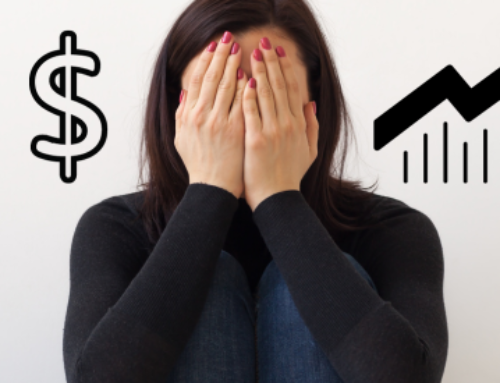Many first-time home buyers have cooled off and ceased their house hunting searches as the market levels off with interest rates still climbing. Home prices have still not dropped down as low as some buyers were hoping for; and as we sit poised for another year, it is now anyone’s guess what will happen.
Many economists say the interest rates will climb even higher especially with the Canadian prime rate inching it’s way closer to 7%. But there are also those, like myself, who approved mortgages for clients in the early 90’s with rates at 10.75% and 11.50% who believe today’s market is a totally different economic environment. The Bank of Canada will increase the prime rate to slow down inflation which economists believe will decline by this year’s third quarter. Most of the current run-up in inflation now is still due to supply-chain constraints and is not believed to be a long-term systemic issue in 2023. The neutral rate for Canada’s prime rate should be around 2.75% to 3.5%, (of course, then the retail banks top this rate up). So, for those of you that are planning to wait-it-out and see-what-happens, why not take advantage of a new Federal government’s incentive passed through legislation last year and set to come into effect on April 1, 2023. The new program is called FHSA which stands for a tax-free First Home Savings Account.
The FSHA allows first-time home buyers the ability to save up to $40,000 and like a TFSA (tax free savings account) income and gains inside the FHSA are tax-free. To be eligible you must be over 18, a Canadian resident and of course a first-time buyer. To qualify as a first-time home buyer you cannot have owned a home in the last four years. Sounds great – right? Well, there are a few caveats to the new program. You can only contribute up to $40,000 in your lifetime and will be maxed to $8,000 per year to commence this start year in 2023. Unlike a TFSA, there is no carry forward amounts until you open the account. For example, if you opened a FHSA this year and only put in $5,000, you could then put in $11,000 next year ($3,000 from 2023 + $8,000 from 2024), but if you didn’t open an account until next year, 2024 the max would only be $8,000. The key is to open the account first if you wish to take advantage of future carry-forward options. The account can exceed $40,000 if your investments do well, but your overall contributions cannot exceed the $40,000 you put in.
Another thing to keep in mind, is that this account is for owner-occupied home purchases, not investments or rentals. The plan can be setup for a term no longer than 15 years (this may be extended) and if you do not purchase a home you will need to transfer the funds to your RRSP or withdraw the funds on a taxable basis. One benefit to this plan is that funds transferred to the plan holder’s RRSP/RRIF will not be affected by your RRSP limits. But it is only for the account holder – you can therefore not contribute to your spouse’s FHSA to claim a deduction. FHSA’s are very similar to TFSA’s in that you can designate a successor or beneficiary should you die before using the account. One other feature I found most unique about this new program is that you will be allowed to transfer funds from your RRSP to a new FHSA, tax-free and up to the $40,000 limit ($8,000 annual contributions). Just remember, the transfers from your RRSP do not restore contribution room, nor do they generate a further tax deduction.
The Home Buyers Plan (HBP) can be used together with the new FHSA as long as it is within the 15-year limit of the HBP and you use both the FHSA and HBP for the same qualifying home purchase. For more information about these two first-time home buyers plans, please watch my YouTube video at ASK THE MONEY LADY or you can always send me your questions through my website, here: CONTACT.
To find out even more, visit the Canadian government website at www.canada.ca.
Good Luck & Best Wishes,
Christine Ibbotson






Leave A Comment